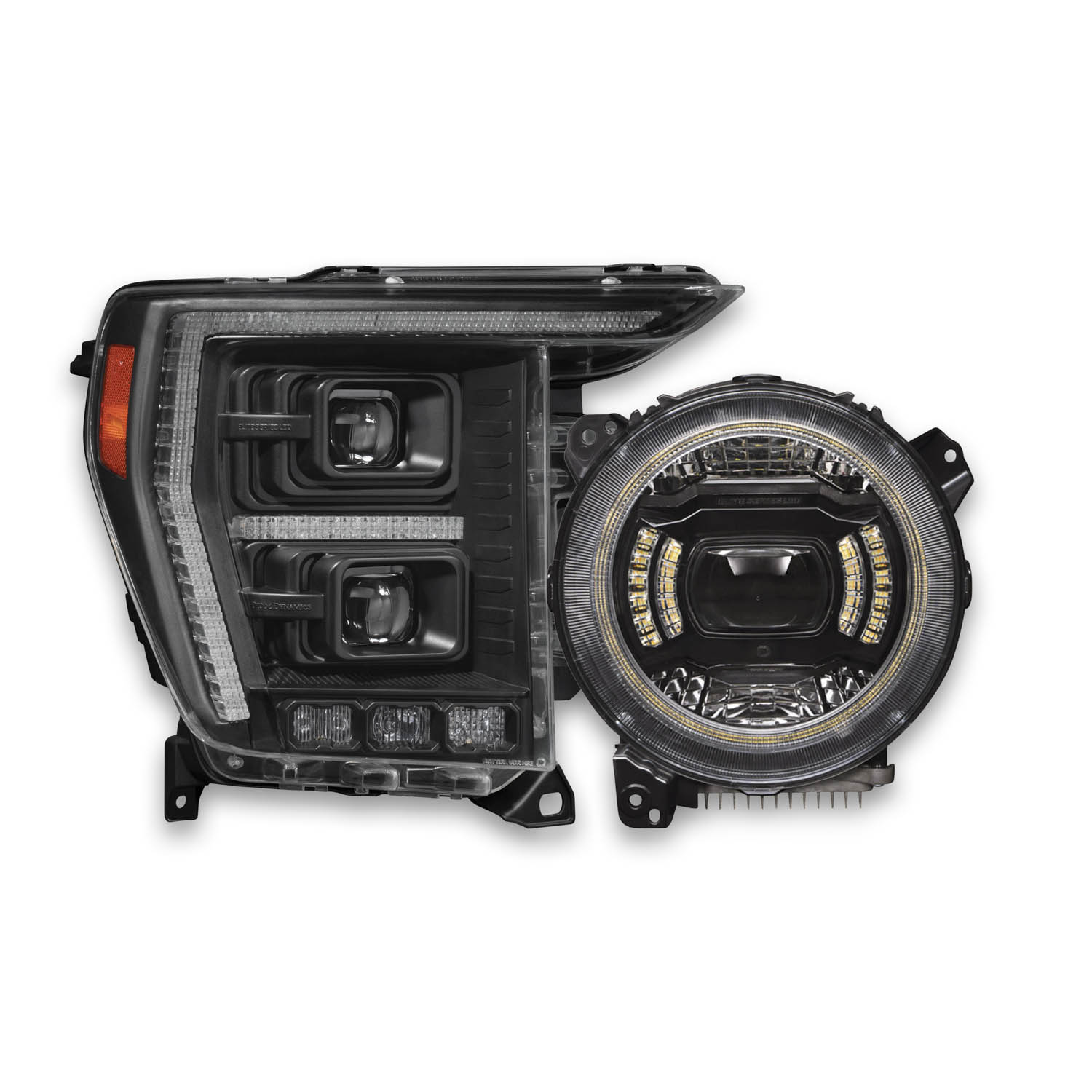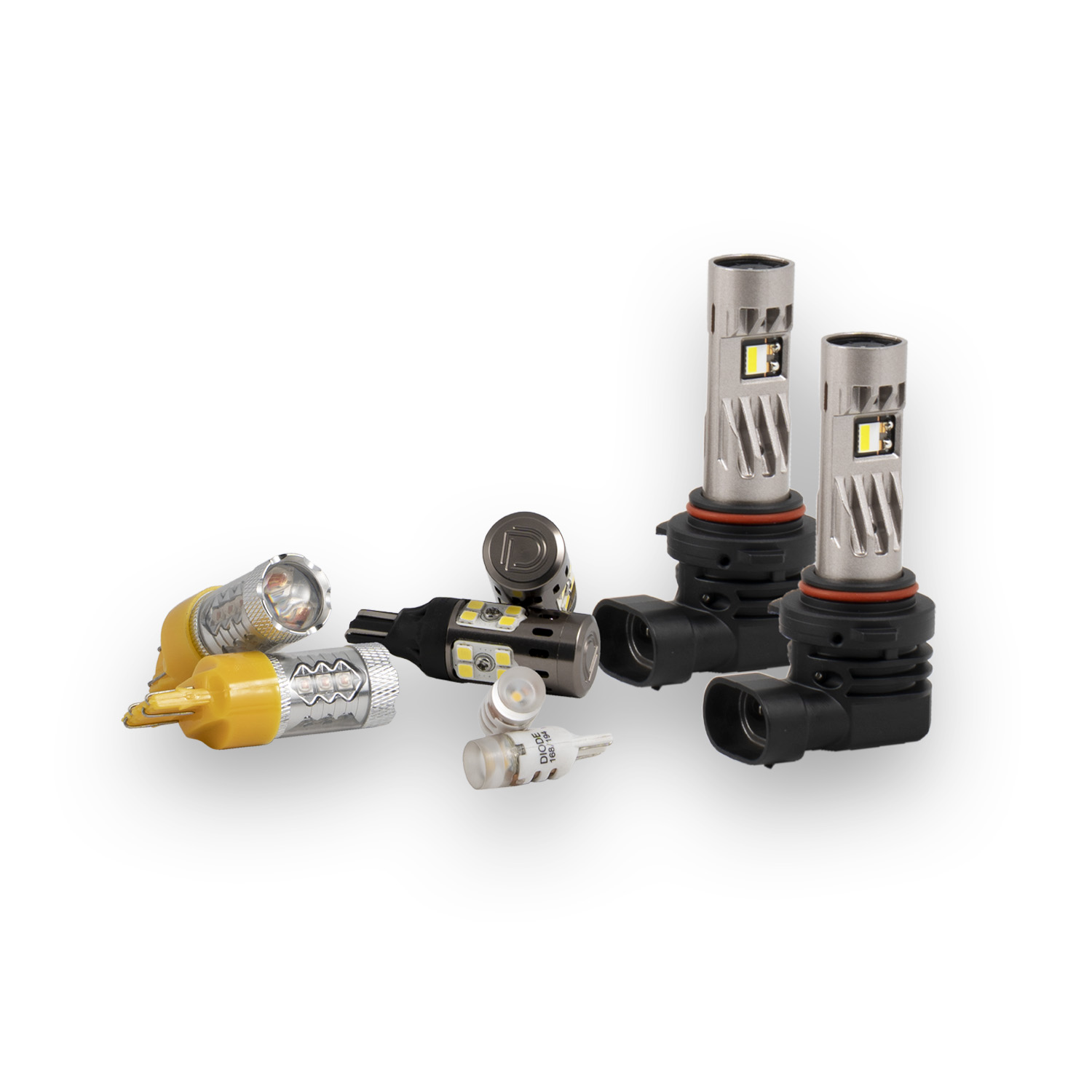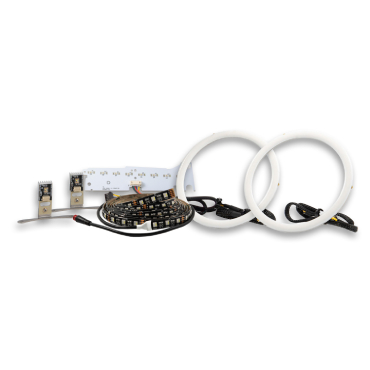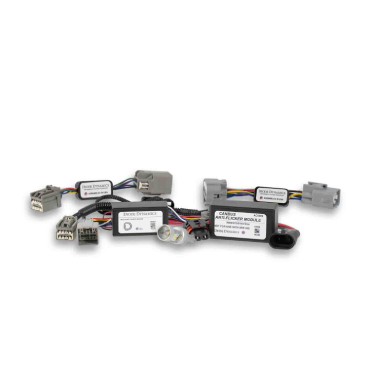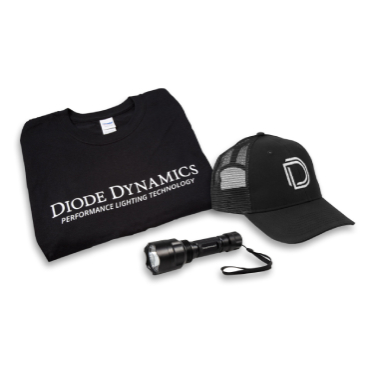LED Bulb Fitment
Perhaps the most important factor in designing a high-quality LED bulb is the fitment. When we discuss fitment, we must divide it into three parts: first, connector fitment, or how the bulb's connector fits into the socket. Second, we will discuss pin alignment, or how the electrical leads, or "pins," on the bulb make contact with the pins in the socket. Finally, we'll consider bulb fitment, including bulb width and bulb length, or how the overall size of the bulb works in the intended housing. These are separate, but equally important, factors to consider.
Connector Fitment
When creating an LED bulb, a designer must start with a correctly-sized base that fits properly in the intended socket. While it might be easy to assume that a 7443 base will fit into a 7443 socket, this is not always the case- from time to time, manufacturers might change a socket slightly, and if it is .1mm smaller in width, the aftermarket socket may not fit properly, while the incandescant socket still does. Therefore, it is important that the designer tests the bulb directly in the vehicle in order to ensure that it will plug in easily to the socket, while still being held securely in place.
Pin Alignment
Incandescant bulbs are designed as one piece, with the electrical connectors, or pins, molded into the glass bulb itself. In an LED bulb, the electrical connectors are soldered to a circuit board, so it is more difficult to ensure they will stay in one place, with 100% precision, every time. A bulb designer must take this into consideration, and use electrical contact pins that are in the proper location, long enough, and the correct thickness. Ideally, they should be identical in location and size to their incandescant counterpart. Again, the only way to ensure this is through real-world testing.
Bulb Width
After you have plugged your LED bulb into the base and it lights up, you must usually insert it into a factory housing. This is where lack of testing can really cause fitment problems! The most common is bulb width: if the bulb is too wide, you won't be able to get it into the housing at all. Some bulb designers assume that the width of the base determines the maximum width of the bulb, but this isn't true!
For example, the "T20" group of LED circuit designs are 20mm in width, and they are commonly fitted to the following base sizes: 1156, 1157, 3156, 3157, 7440, and 7443. However, the 7440/7443 size is actually only 18mm wide. In some vehicles, a 20mm-wide bulb won't be an issue, but in others, the hole for the bulb will only be 19mm. At worst, we've seen some suppliers tell customers to "shave down" their factory housing to accomodate the bigger bulb! Why not just design a bulb that fits properly? You should never need to make any permenant modification when installing a properly-designed bulb.
Bulb Length
As vehicle design evolves, reflector housings can be designed smaller, so there is less space for the bulb in the housing. For example, just compare a backup light housing on an Infiniti G20 compared to its successor, the G35. A bulb might fit in the G20 housing just fine, but might be too long to fit in the G35 housing. The only way to guarantee that a bulb will fit properly is by actually testing it on your specific vehicle.

